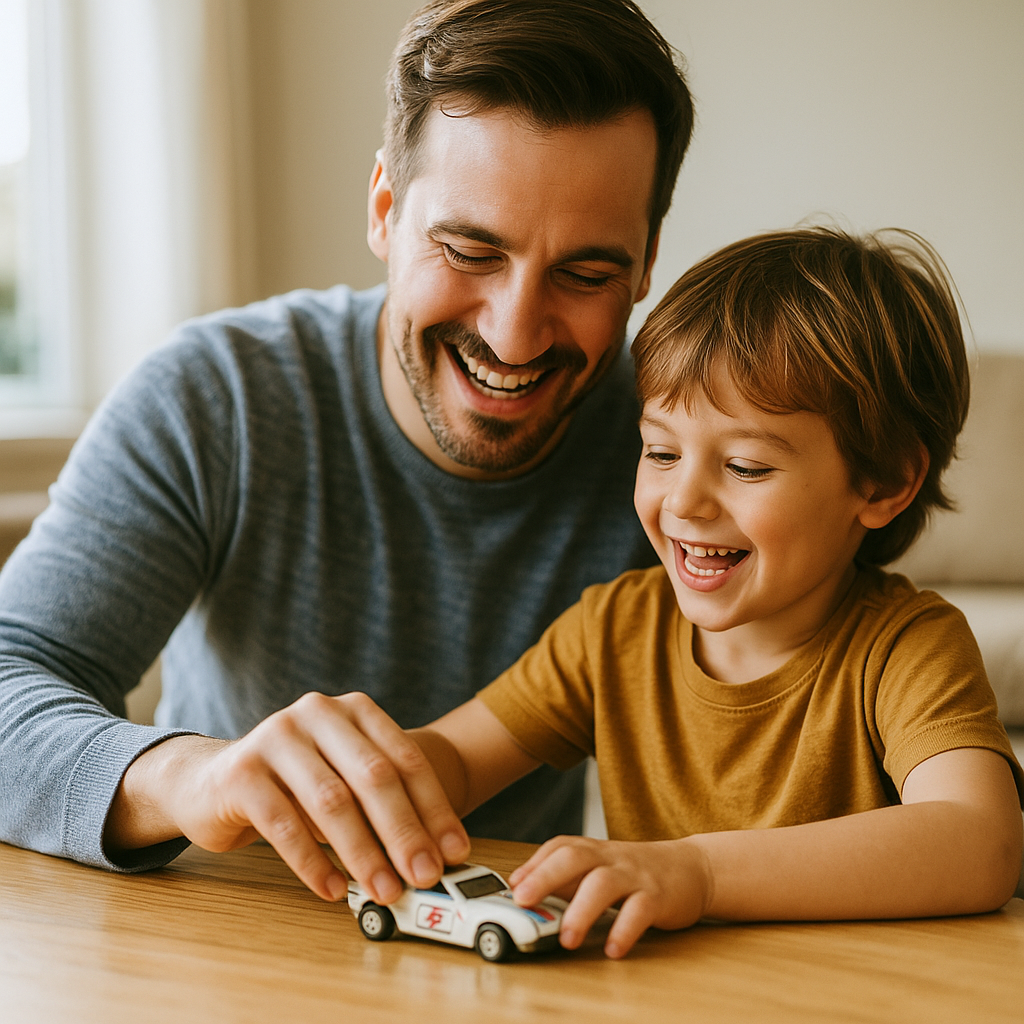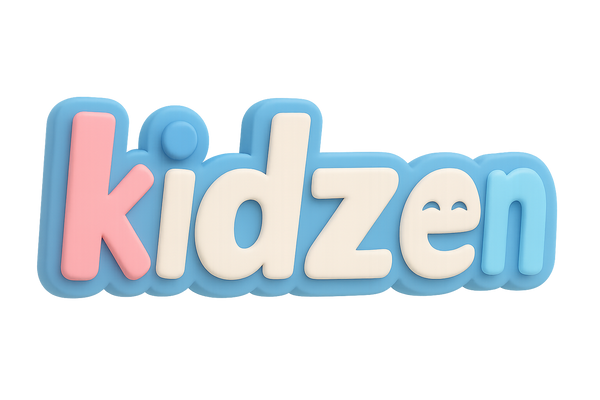
“Dad Used to Love This” – The Power of Intergenerational Toy Play
Share
🔹 Intro
There’s something magical about a child holding the same toy their parent once cherished. Whether it’s a wooden train, a tin robot, or a board game worn with time, playing with “dad’s old toys” is more than nostalgic—it’s developmentally powerful.
👨👧 1. Emotional Bonding Through Shared Play
When fathers share their own childhood toys with their kids, it opens a doorway to emotional intimacy.
A study in Family Relations (2012) found that parent-child play using meaningful objects deepens trust, empathy, and shared joy.
Toys become tools for storytelling:
“When I was your age, I used to race this car every day after school…”
This creates a sense of family continuity and connection, especially meaningful for young children developing emotional security.
🧠 2. Cognitive Growth Through Storytelling and Symbolism
Old toys often require more imagination than modern digital toys. Playing with them together allows children to build narrative thinking and symbolic play skills.
Psychologists emphasize that storytelling with toys boosts memory, vocabulary, and executive function—especially when modeled by adults.
🪁 3. Learning from Simplicity and Creativity
Classic toys often promote open-ended play: stacking, balancing, imagining.
These activities help with fine motor skills and creative thinking, according to Early Child Development and Care (2018).
Children also learn patience and focus through toys without batteries or screens.
🕹️ 4. Passing Down Values, Not Just Toys
When a parent says, “I want to share this with you,” it teaches children about value, preservation, and emotional meaning—lessons far beyond playtime.
It shows that some things, like joy, creativity, and connection, are worth keeping.
✅ Final Thoughts
Bringing out old toys isn't just cute—it’s deeply enriching. It bridges generations, teaches life lessons, and reminds us all that imagination doesn’t age.
So dust off that old toy box. There’s joy waiting inside—for both of you.
